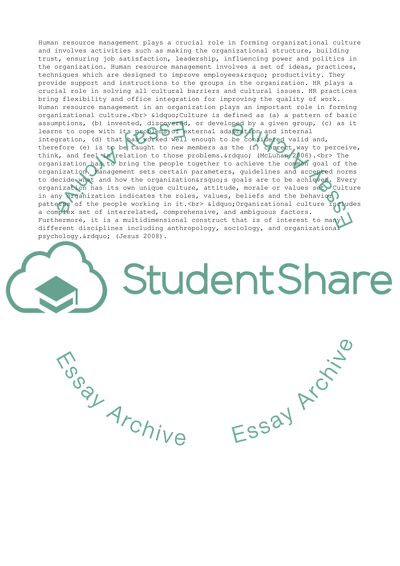Cite this document
(“The Organizational Culture Research Paper Example | Topics and Well Written Essays - 2750 words”, n.d.)
The Organizational Culture Research Paper Example | Topics and Well Written Essays - 2750 words. Retrieved from https://studentshare.org/management/1551061-university-essay
The Organizational Culture Research Paper Example | Topics and Well Written Essays - 2750 words. Retrieved from https://studentshare.org/management/1551061-university-essay
(The Organizational Culture Research Paper Example | Topics and Well Written Essays - 2750 Words)
The Organizational Culture Research Paper Example | Topics and Well Written Essays - 2750 Words. https://studentshare.org/management/1551061-university-essay.
The Organizational Culture Research Paper Example | Topics and Well Written Essays - 2750 Words. https://studentshare.org/management/1551061-university-essay.
“The Organizational Culture Research Paper Example | Topics and Well Written Essays - 2750 Words”, n.d. https://studentshare.org/management/1551061-university-essay.


